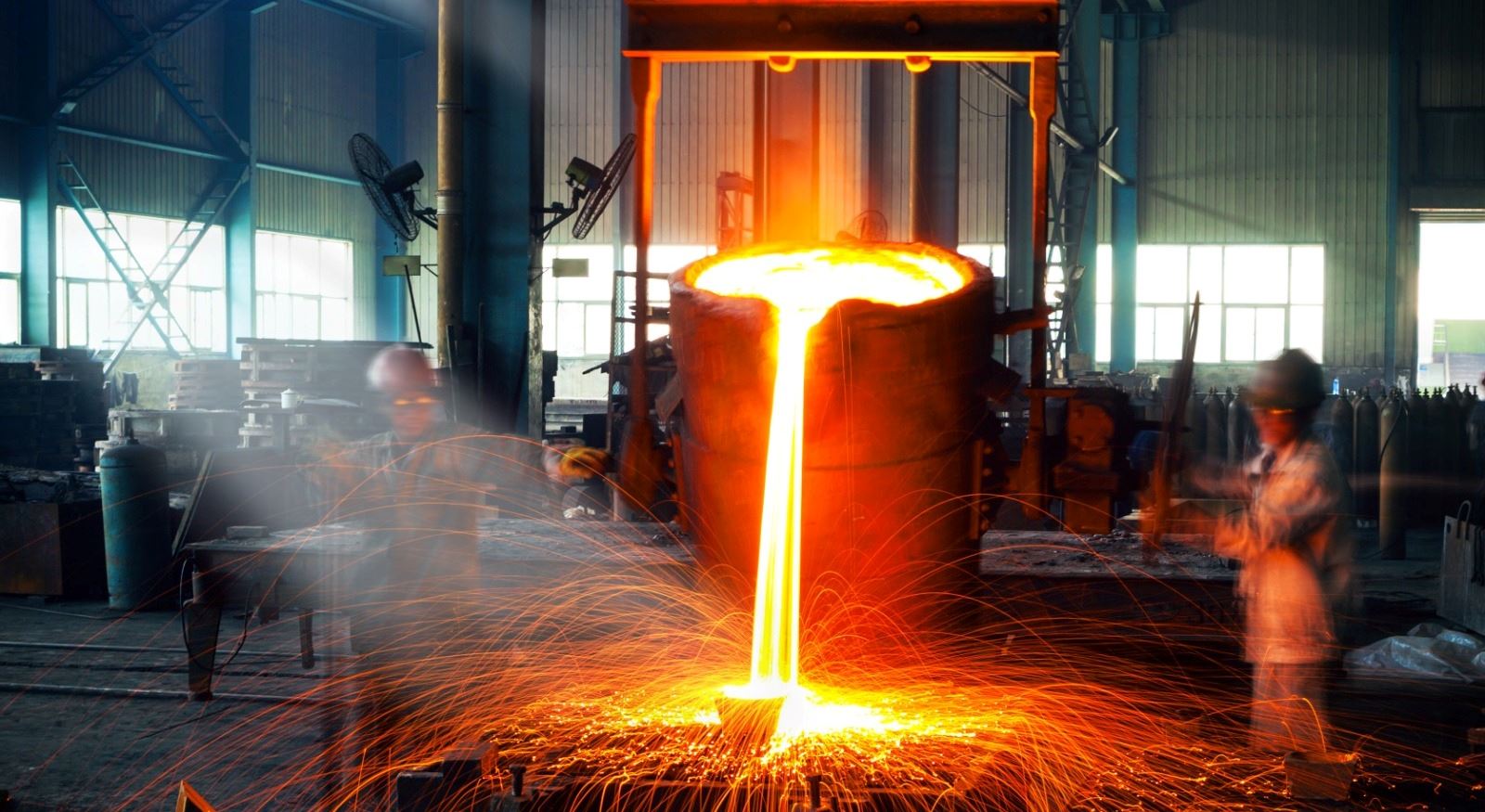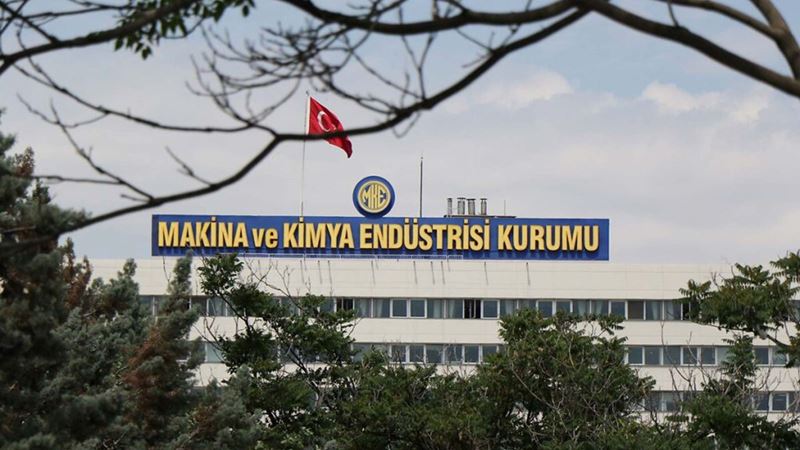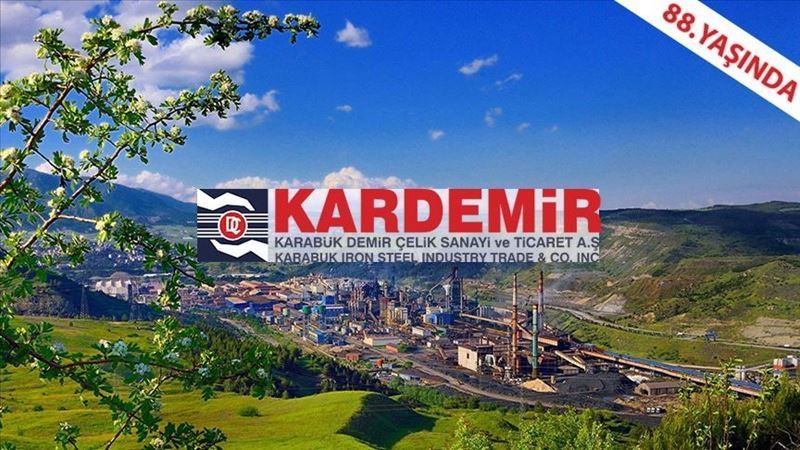The Iranian steel industry is navigating a complex landscape influenced by various factors;
Stable Billet Export Prices: Despite global economic uncertainties, Iran's export billet price remains steady at $470 per tonne. However, caution in the markets due to the ongoing Gaza war has impacted overall demand.
Oil Price Fluctuations: Oil prices continue to hover around $80 per barrel, indirectly influencing the steel market by affecting transportation costs and economic sentiment.
Khuzestan Steel Sanctions: The United States has expanded sanctions on Khouzestan Steel, previously limited to money transfers from the company's exports. Nevertheless, there have been no significant changes in Khouzestan steel's export conditions despite the sanctions.
Flat Steel Price Expectations: The global steel market anticipates a gradual decrease in flat steel prices, although uncertainties persist due to geopolitical tensions such as the Gaza war and the conflict in Ukraine. While demand for flat steel is not robust, reports suggest significant tonnages are waiting for import orders.
Widening Price Gap Between Flat Steel and Rebar: The price gap between flat steel and rebar has widened significantly, posing challenges for rebar prices. This gap is exacerbated by the high cost of raw materials, such as pellets, preventing substantial price reductions.
Impact of Gas, Wages, and Freight Costs: Factors like gas, wages, and freight contribute to the overall price structure, making it difficult for sponge iron, billets, and rebar prices to decrease substantially.
In May, the market witnessed a surplus of rebars sold last year, alongside a downward trend. However, this trend is unlikely to sustain due to rising finished prices. Wednesday's market supplies indicated factories' resistance against price drops.
Looking ahead, with June approaching, electricity supply management is expected to become more stringent to meet increased demand, further influencing market dynamics.









Comments
No comment yet.